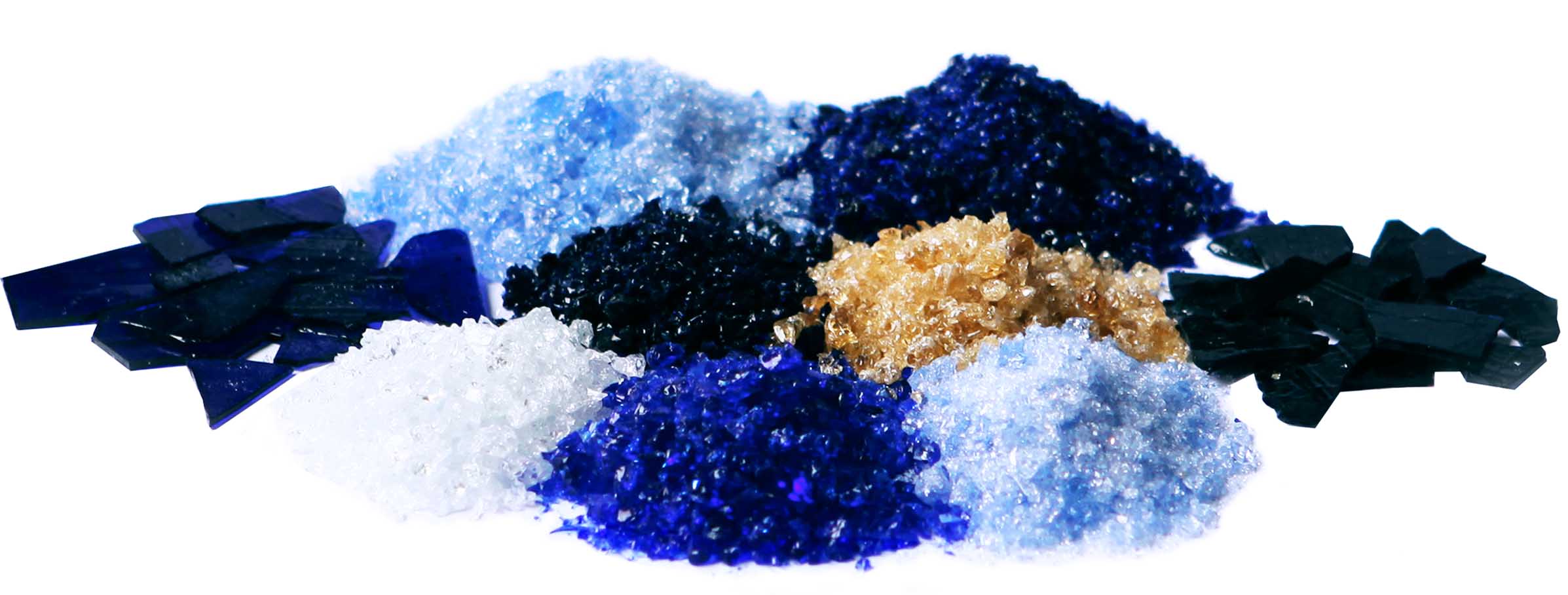Glass glaze, often associated with ceramics and pottery, is a decorative and protective coating applied to the surface of clay-based items. This glaze, once fired in a kiln, forms a glass-like layer that enhances the durability, appearance, and functionality of ceramic products.
The process of glazing involves applying a carefully formulated mixture of minerals and oxides to a ceramic item. When fired at high temperatures, this mixture melts and bonds to the surface, creating a smooth, glossy, or matte finish depending on the composition and firing process. The resulting glass-like layer not only improves the visual appeal of the piece by adding color, shine, or texture but also provides a barrier against moisture, stains, and wear.
Glass glazes are widely used in various ceramic items, from household pottery and tableware to tiles and decorative art pieces. They allow artisans to create vibrant colors and unique textures, expanding the possibilities for creative expression. The glaze also makes ceramics food-safe by sealing the porous clay, preventing liquid absorption and bacterial growth.
Modern advancements in glazing technology have broadened the range of available glass glazes, offering different finishes such as crackle, satin, and metallic effects. Environmental concerns have also driven innovations in non-toxic and lead-free glazes, making glazed ceramics safer for everyday use.
In summary, glass glaze is essential in the ceramics world, serving both practical and aesthetic purposes. By providing durability, visual enhancement, and a protective barrier, glass glaze plays a crucial role in transforming raw clay into beautiful, functional art.
The process of glazing involves applying a carefully formulated mixture of minerals and oxides to a ceramic item. When fired at high temperatures, this mixture melts and bonds to the surface, creating a smooth, glossy, or matte finish depending on the composition and firing process. The resulting glass-like layer not only improves the visual appeal of the piece by adding color, shine, or texture but also provides a barrier against moisture, stains, and wear.
Glass glazes are widely used in various ceramic items, from household pottery and tableware to tiles and decorative art pieces. They allow artisans to create vibrant colors and unique textures, expanding the possibilities for creative expression. The glaze also makes ceramics food-safe by sealing the porous clay, preventing liquid absorption and bacterial growth.
Modern advancements in glazing technology have broadened the range of available glass glazes, offering different finishes such as crackle, satin, and metallic effects. Environmental concerns have also driven innovations in non-toxic and lead-free glazes, making glazed ceramics safer for everyday use.
In summary, glass glaze is essential in the ceramics world, serving both practical and aesthetic purposes. By providing durability, visual enhancement, and a protective barrier, glass glaze plays a crucial role in transforming raw clay into beautiful, functional art.






